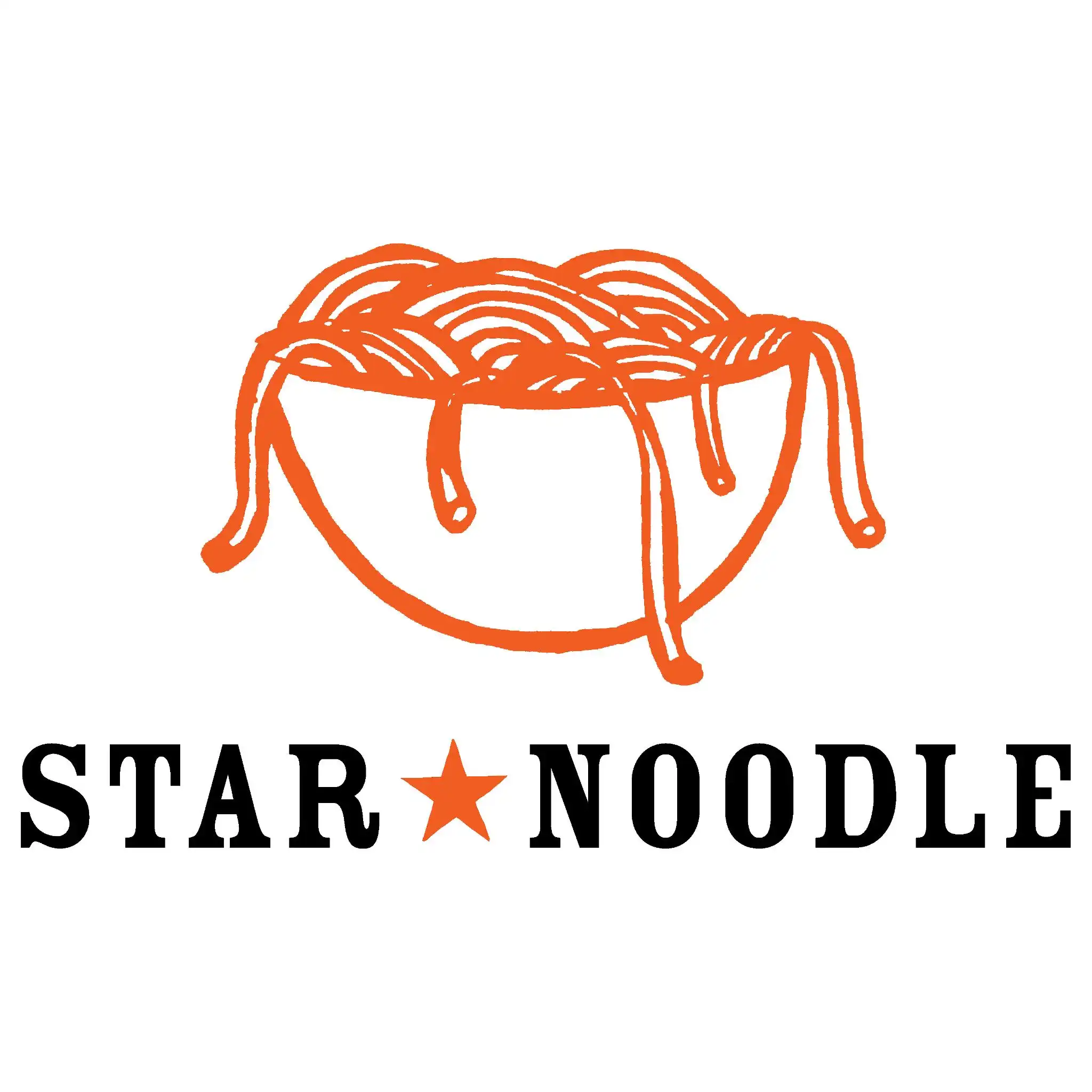12 Native Hawaiian Programs Awarded $1.18 Million in Federal Grants

Twelve Native Hawaiian programs based in Hawaiʻi have been awarded federal grants totaling $1,181,486 to help preserve the indigenous history, heritage and culture of Hawaiʻi, US representatives Ed Case (HI-01) and Kaialiʻi Kahele (HI-02) announced today.
The grants are administered by the Institute of Museum and Library Services, an independent federal agency, through its Native American/Native Hawaiian Museum Services program. The Institute’s mission is to advance, support and empower America’s museums, libraries and related organizations. The Institute is the primary source of federal support for the country’s libraries and museums.
“The awardees include the Hawaiʻi state government, ʻIolani Palace (our country’s only royal palace), Kawaiaha‘o Church and other organizations whose programs seek to preserve our island heritage through exhibitions, educational services and programming, professional development and the stewardship of invaluable and often endangered collections,” said Rep. Case, a member of the House Natural Resources Committee and its Subcommittee on Indigenous Peoples of the United States to include Native Hawaiians.
“These grants match and forward my own efforts, through my House Appropriations Committee and otherwise, to apply advanced digitization and other technologies to the preservation of records of our indigenous people,” Rep. Case said.
Rep. Kahele added: “If our history is forgotten, Native Hawaiian culture will cease to exist. Securing these grants to preserve and celebrate indigenous heritage is critical to the identity of native communities across the nation. I look forward to seeing these funds directly benefit our cultural museums and programs to further the knowledge of our keiki for generations to come.”
The 12 Hawai’i grant recipients were among just 26 awardees nationwide. The Hawaiʻi awards represent more than 50% of the $2.2 million total grants awarded this year by the Institute.
The 12 awardees and their projects:
- Hawai‘i Department of Accounting and General Services: $100,000. Project Title: He Maka Kahiko | A View to the Past: Increasing Transparency and Discoverability of Hawai‘i’s Visual Records
The Hawai‘i State Archives will improve the preservation and accessibility of its collection of negatives documenting the history, heritage and culture of Native Hawaiians. The project team will digitize more than 22,000 fragile and deteriorating 19th and early 20th century negatives, many of which have been pulled from public access due to damage and signs of severe deterioration.
The digital images will live in a freely accessible, centralized, bi-lingual (‘ōlelo Hawai‘i – Hawaiian Language – and English), searchable online public access database. Two Hawaiian language graduate student interns will assist with the digitization work and transcribing descriptive metadata.
- ʻAha Kane Foundation for the Advancement of Native Hawaiian Males: $100,000. Project Title: Ka‘imina‘auaoka‘eo Archive and Database Project
Aha Kāne will work with a consultant and the Office of Hawaiian Affairs to create a publicly accessible resource documenting three decades of repatriation work. Nā Mea Hawai‘i (Hawaiian ancestral remains, funerary possessions and cultural items) are scattered throughout the globe, but many documents, pictures, databases, emails, letters and other research relating to items that have been returned are stored in boxes in rural Hilo.
A consulting project director, repatriation specialist and document technician will coordinate project activities, including the creation of a searchable digital archive and two new databases reflecting past and ongoing efforts to identify Nā Mea Hawai‘i held nationally and internationally. The transformation of these materials into a digital repository will increase an understanding of healing from trauma, improving the well-being of Hawaiian families while sharing Native Hawaiian world views and cultural practices with others.
- Bishop Museum: $100,000. Project Title: Ka Makaiwa: Strengthening Digital Access for Native Hawaiian Futures
The Ka Makaiwa: Strengthening Digital Access for Native Hawaiian Futures project will develop an approach to producing online exhibits and related programming for the Bishop Museum. The project will address barriers to physical access to collections expected to continue beyond the pandemic by expanding access to information by developing a high-quality, thoughtfully designed, and user-friendly online exhibit platform.
The museum will capture photographs, video footage, and other content from the (Re)Generations: Challenging Scientific Racism in Hawai‘i exhibition, which explores racism and bias in scientific research while celebrating Native Hawaiian voices and collaborative endeavors. The project team will test a beta version internally and conduct a thorough internal review before launching the online exhibit publicly.
- Friends of Iolani Palace: $85,218. Project Title: Iolani Palace’s Gallery Voices
Iolani Palace will launch the next stage of exhibit development as part of a comprehensive overhaul of the museum’s visitor experience. Based on completed interpretive and exhibit design plans, the new exhibit area will focus on 10 themes for more than 100,000 visitors per year, with an emphasis on multigenerational family groups and school classes.
The museum will assemble a team of experts, knowledge-bearers, teachers, and other museum professionals to build the voice, text and content for the exhibit panels and labels, which will reflect Hawaiian history, culture and contemporary issues.
The project team also will engage with local residents, college faculty and students, military service members and their families, and others to ensure the process opens as many doors as possible to serving the Hawaiian community as well as building better understanding of Hawaiian culture for visitors.
- Institute For Native Pacific Education and Culture: $99,842. Project Title: Indigenous Science Center – Mahina Exhibit
The Institute for Native Pacific Education and Culture will address low science and math proficiency achievement rates for Native Hawaiian students by designing more relevant STEM learning activities. The INPEACE Indigenous Science Center’s Mahina Exhibit Project will create three exhibit designs with learning objectives targeted for students ages 4-14. Focused on the Mahina (moon), the exhibits and related activities will be designed to be enjoyable and thought-provoking for Native Hawaiian communities to engage in STEM learning through a familiar framework.
Through consultation with experienced exhibit designers, the science center’s staff will gain a stronger understanding of best practices in exhibit design. Indigenous communities will benefit from approaches that translate their own histories into relevant and fun STEM learning experiences.
- Kawaiaha‘o Church: $98,288. Project Title: Na Makamae o Kawaiaha‘o
Kawaiaha‘o Church Historical Site and Archives Library, housed in the first Christian church built on O‘ahu, will improve the preservation and management of its collections through a digitization project that will also provide public access via the Internet and social media platforms. Collections to be digitized, cataloged and transcribed include church administration and sacramental records; land, buildings and grounds records; and audio tapes, music and photographs.
Documents such as baptism, marriage, death and funeral records will provide genealogical data for Hawai‘i residents. A project coordinator and digital archive specialist will coordinate the project in addition to creating a series of videos for community members to provide instruction on the use of the digital collections to conduct research on family history.
- Hawai‘i Department of Land and Natural Resources: $98,230. Project Title: Expanding Public Access to Kaho‘olawe through Live-Stream Video and Virtual Reality
With a mission to restore, preserve and provide safe, meaningful access to the Kaho‘olawe Island Reserve, the Kaho‘olawe Island Reserve Commission will implement new ways for the public to access the historical, cultural and natural resources of the site. Due to limitations on physical access related to funding constraints and COVID-19, the Kaho‘olawe Island Reserve Commission will develop digital tools to provide the greater community with access to the Reserve through virtual means.
The project will focus on sharing livestreaming video from Kaho‘olawe on the commission’s website; sharing 360-degree video updates of monthly volunteer access activities; and developing a pilot Kaho‘olawe virtual reality Huaka‘i, or expedition. The project will support the commission in serving as a model for other natural museum spaces that hope to maintain or expand public access beyond a physical means to local and worldwide audiences.
- Pāpaku No Kāmeha‘ikana: $99,965. Project Title: Kuleana: I Ulu No Ka Lala I Ke Kumu
Papaku No Kameha’ikana will document the history and lineage of hula — the traditional dance of Native Hawaiian people. Originally intended to be passed from master teacher to student, hula has been popularized around the world, resulting in forms that no longer resemble the traditions handed down from generation to generation. The project will produce 24 webinars posted online and 12 workshops targeting 200 persons. The project team will produce a book on hula legacy and will conduct interviews with descendants of master teachers.
Eight students will participate in collections management, cataloging and application design as they assist with the interviews and their transcription. The long-term goal of the project is to ensure the transmission of the legacy of hula, which is not only the traditional Hawaiian dance but also the foundation of oral history, ceremony, spirituality, healing and wellness.
- Young of Heart Workshop: $100,000. Project Title: ‘Ai Pōhaku: Increasing Access to Native Hawaiian Contemporary Art
The Young of Heart Workshop will collaborate with the University of Hawai‘i to implement a project to create broader access to the work of Native Hawaiian artists.
The ‘Ai Pōhaku project will disperse artist exhibitions across three campuses and five venues within the University of Hawai‘i System including: The John Young Museum of Art; the Art Gallery and the Commons Gallery at UH Mānoa; Gallery ‘Iolani at Windward Community College; and Koa Gallery at Kapi‘olani Community College.
The series of exhibits will be accompanied by public programming and a comprehensive publication with archival images, historical and newly commissioned essays, artist and artwork information and installation images. The project will serve more than 27,000 students, including approximately 5,400 Hawaiian students and will also bring more than a thousand visitors to the campuses.
- Kāhuli Leo Leʻa: $100,000. Project Title: The Mele: Sonic Knowledge Project
The Mele: Sonic Knowledge project will document the unique practices of the Haku Mele-the Hawaiian cultural practice of knowledge proliferation through song. By engaging a cohort of master Haku Mele and cultural experts, this project will provide new compositions of mele to be captured in educational resources in the form of audio recordings, video interviews of composers, and written curriculum on each composition to fully explain this traditional practice.
The project team will engage the support of an audio engineer and videographer to guide the development of the project resources, which will be made freely available online.
- Papahana Kuaola: $99,943. Project Title: ‘ILI‘ILIKAUHALE
Papahana Kuaola will strengthen the connection between kanaka (people) and aina (land, that which feeds us) by developing and presenting community-based education programs focusing on the knowledge, use and growth of Hawaiian food and medicinal plants. The project team will develop and implement nine sequential learning sessions, reaching 600 participants either in-person or online.
Project activities will focus around the 63 acres of conservation land that Papahana Kuaola stewards and the identified native plants that flourish on the property. With the guidance of cultural practitioners and native plant specialists, staff will generate on-line curriculum and hands-on workshops to bring these perspectives to the community. Participants will learn skills that can be utilized in everyday life while deepening their understanding and appreciation of Hawaiian culture.
- Hiʻipaka: $100,000.
Hi‘ipaka will enhance its efforts to sustain Hawaiian heritage, culture and community knowledge by building the capacity of staff to adopt best practices and innovations to better care for and interpret the collections of Waimea Valley. A consulting conservator will complete a general conservation survey of the collections, which include Hawaiian cultural sites, Native Hawaiian plant collections and Native Hawaiian cultural artifacts.
The project includes funds to purchase necessary supplies and equipment to support staff work under the guidance of the conservator to assess, catalog, rehouse collections and improve ongoing collections management practices.
The longer-term project goal is to improve the wellbeing of the surrounding community by serving as a trusted space for community dialogue and the care and interpretation of Hawaiian culture.










